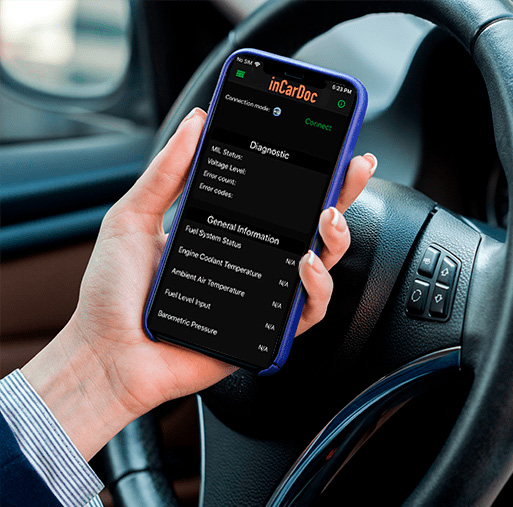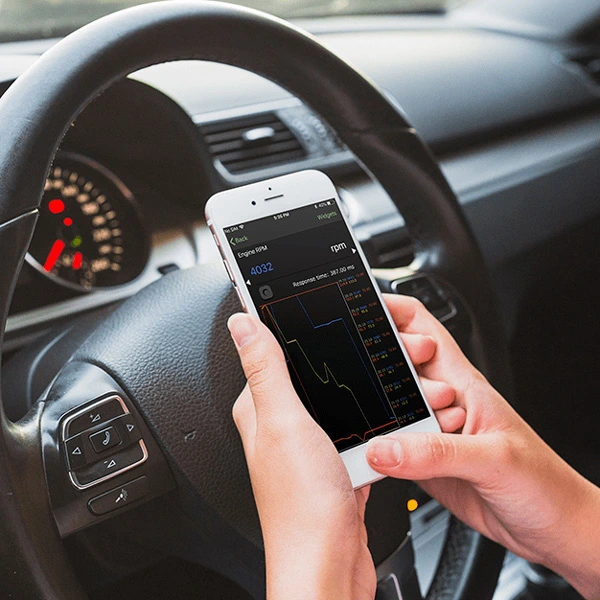inCarDoc iOS


The most downloadable app on Google Play in the Transportation section – 3 500 000 Downloads from all over the world! Diagnostic App to Make You a Better Driver.
500+ K Downloads at the AppStore

inCarDoc and inCarDoc PRO (paid extended version)—advanced application for car parameters diagnostic obtained from Bluetooth OBD adapter, allows you to analyze the status of various parameters of the engine and cars in real time using a smartphone: speed, temperature, lambda, and other various sensors of your car.
Checks and controls the error indicator Engine – reads and clears fault codes, as well as other settings to be saved. In addition, this version of the application offers advanced features for drivers: record real-time parameters, reading, displaying and recording of multiple parameters simultaneously, recording parameters in the background, view saved routes and sending parameters, support for GPS parameter binding to the highway. Available for Android devices.